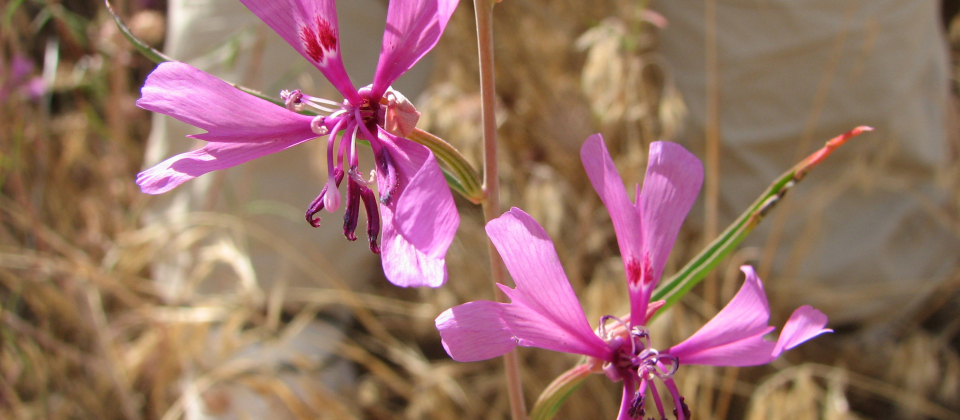Capturing California's Flowers: using digital images to investigate phenological change in a biodiversity hotspot
The digitization of herbarium specimens and the on-line accessibility of specimen records have advanced our ability to detect temporal and geographic variation in the composition of regional floras and in the ranges of wild plant species. However, when digital records provide only taxon names, dates, and locations, but no images, the types of research questions that can be addressed with these records are limited. Herbarium specimens are rich in additional information regarding plant reproductive condition and morphology that is not captured in digitization efforts that exclude high-resolution images of the specimens. Flowering time, in particular, is a trait that has cascading effects on multiple levels of biological organization from individuals to ecosystems. In this NSF-funded project (supported by the Advancing Digitization of Biological Collections program), 22 herbaria are capturing the currently untapped research potential contained in California specimens through a massive imaging effort of the California flora.
This project will image, database, georeference, and score phenological traits on ~900,000 specimens at 22 collaborating institutions in California. The target specimens include the oldest specimens (pre-1930), which will enable us to establish a phenological baseline before the most recent onset of climate change. The targeted taxa also include the most diverse plant families in California as well as the species currently monitored by the USA National Phenology Network (USA-NPN) and the California Phenology Project (CPP). Because data standards for scoring phenology on herbarium specimens are currently lacking, we will collaborate with iDigBio to create community-wide data standards for phenological traits, to integrate those traits into the Darwin Core, and to develop the training tools necessary for phenological digitization to be included in all future digitization workflows.







